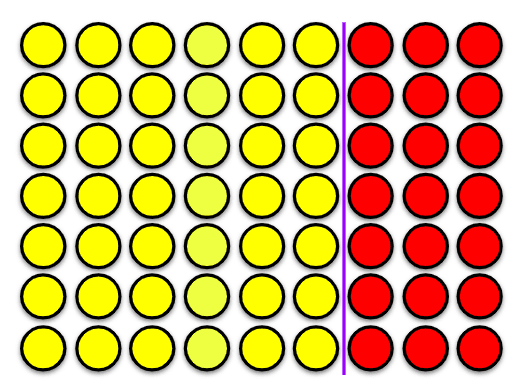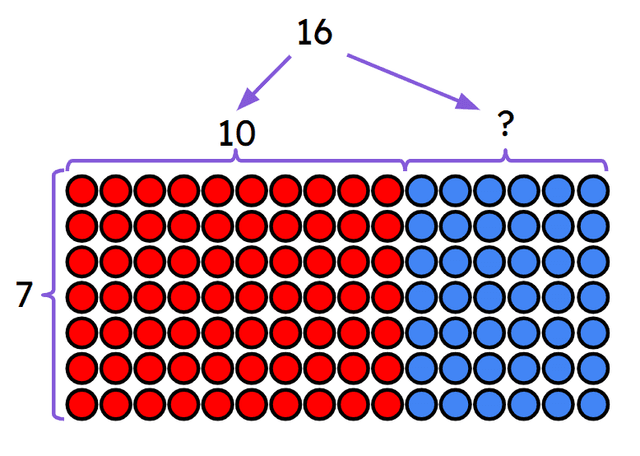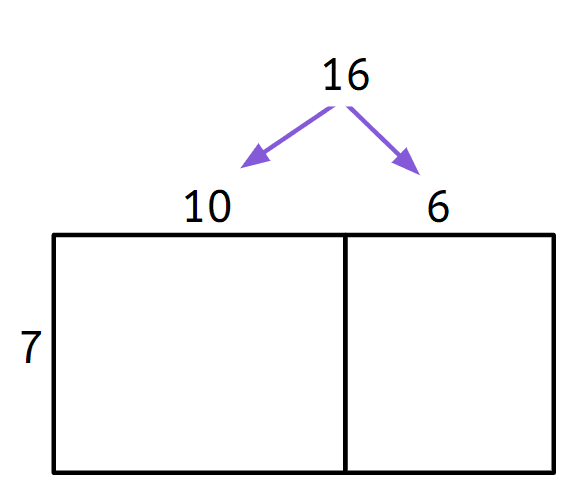Use knowledge of the distributive law to calculate products beyond known times tables
I can use knowledge of the distributive law to calculate products beyond known times tables efficiently.
Use knowledge of the distributive law to calculate products beyond known times tables
I can use knowledge of the distributive law to calculate products beyond known times tables efficiently.
These resources were made for remote use during the pandemic, not classroom teaching.
Switch to our new teaching resources now - designed by teachers and leading subject experts, and tested in classrooms.
Lesson details
Key learning points
- If you know the 3 and 10 times tables you can work out the 13 times table.
- If you know the 10 times table you can work out the 20 times table.
- If you know the 5 and 8 times tables you can work out the 16 times table.
Keywords
Partition - Partitioning is the act of splitting an object or value down into smaller parts.
Distributive law - The distributive law says that multiplying a number by a group of numbers added together is the same as doing each multiplication separately.
Partial product - A partial product is any of the multiplication results we get leading up to an overall multiplication result.
Common misconception
Pupils may think that there is only one strategy for finding a solution and struggle to see that there is more than one way of partitioning a factor.
Spend some time discussing how many combinations of partitioned factor you could use with the distributive law and evaluate each combination for efficiency. This would be a worthwhile guided group task.

Licence
Prior knowledge starter quiz
6 Questions
Q1.Which factor has been partitioned using the distributive law in the second expression below? 5 × 11 = 5 × 10 + 5 × 1
Q2.50 + 77 =
Q3.57 + 65 =
Q4.Which of the following expressions represents the total number of pencils if I have 6 pots of 5 pencils and 6 pots of 8 pencils?
Q5.Which of the following expressions is the array representing?

Q6.Double 81 is
Assessment exit quiz
6 Questions
Q1.Which of the following expressions is equivalent to 8 × 16?
Q2.What is the missing number in the array shown?

Q3.Use the grid model to help solve 7 × 16 by finding two partial products and combining them. 7 × 16 =



